Shipments of gaming monitors are expected to plunge 10 percent year-on-year to 20.5 million units this year, which would mark the first decline since the products first entered the market, researcher TrendForce Corp (集邦科技) said yesterday.
The researcher in March estimated that gaming monitor shipments would expand at an annual pace of 14 percent to about 26.1 million units this year.
However, soaring inflation in Europe and North America has significantly eroded growth momentum as people became conservative about spending money on consumer electronics.
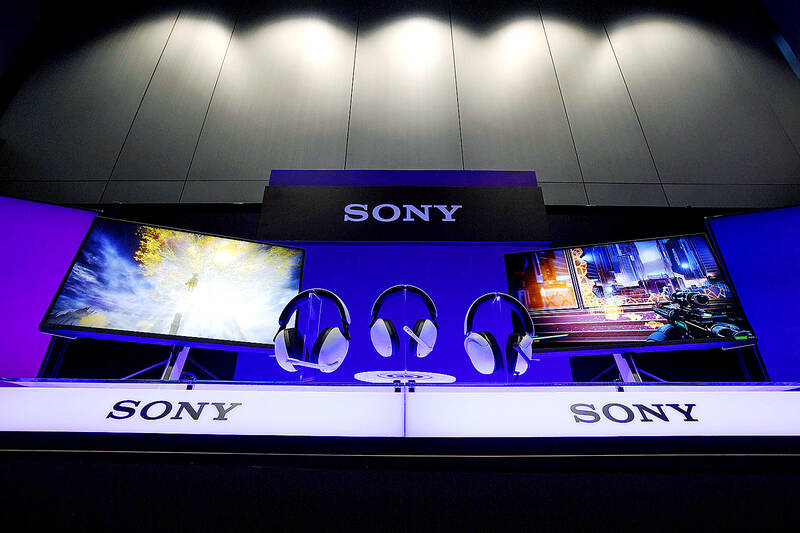
Photo: Bloomberg
Consumers are also putting off purchases of gaming monitors due to delayed launches of new high-end graphics cards, the Taipei-based researcher said.
Gaming monitors with curved displays would account for about 44 percent of all gaming monitors this year, compared with 41 percent last year, as major display suppliers China Star Optoelectronics Technology Co (華星光電) and AUO Corp (友達) have boosted the production of curved displays, TrendForce said.
The penetration rate of curved displays among gaming monitors is likely to climb to 46 percent next year, thanks to the increasing supply of such monitors and a better price-to-performance ratio, the researcher said.
The uptake of gaming monitors with ultra-wide displays also helps stimulate demand for curved-display gaming monitors, it said.
OLED DISPLAYS
Separately, OLED e-sports displays this year entered the market with a 0.4 percent share, after Samsung Display Co Ltd launched its QD-OLED and LG Display Co Ltd unveiled white OLED e-sports monitor panel displays, TrendForce said.
The penetration rate of OLED e-sports displays is expected to reach 2 percent next year, as major monitor brands have joined the launch of OLED products, the researcher said.
TrendForce expects the gaming monitor market to return to annual growth of 5 percent next year to 21.6 million units, as more monitor vendors and panel display suppliers are joining in the market with a great diversity of new products.
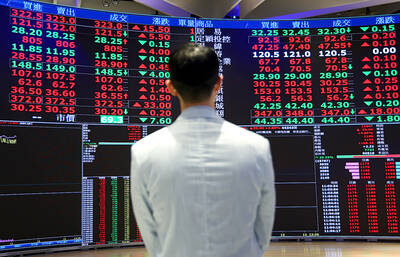
Shares in Taiwan closed at a new high yesterday, the first trading day of the new year, as contract chipmaker Taiwan Semiconductor Manufacturing Co (TSMC, 台積電) continued to break records amid an artificial intelligence (AI) boom, dealers said. The TAIEX closed up 386.21 points, or 1.33 percent, at 29,349.81, with turnover totaling NT$648.844 billion (US$20.65 billion). “Judging from a stronger Taiwan dollar against the US dollar, I think foreign institutional investors returned from the holidays and brought funds into the local market,” Concord Securities Co (康和證券) analyst Kerry Huang (黃志祺) said. “Foreign investors just rebuilt their positions with TSMC as their top target,
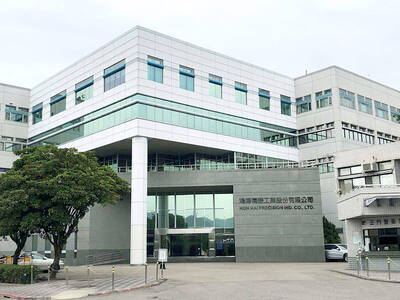
REVENUE PERFORMANCE: Cloud and network products, and electronic components saw strong increases, while smart consumer electronics and computing products fell Hon Hai Precision Industry Co (鴻海精密) yesterday posted 26.51 percent quarterly growth in revenue for last quarter to NT$2.6 trillion (US$82.44 billion), the strongest on record for the period and above expectations, but the company forecast a slight revenue dip this quarter due to seasonal factors. On an annual basis, revenue last quarter grew 22.07 percent, the company said. Analysts on average estimated about NT$2.4 trillion increase. Hon Hai, which assembles servers for Nvidia Corp and iPhones for Apple Inc, is expanding its capacity in the US, adding artificial intelligence (AI) server production in Wisconsin and Texas, where it operates established campuses. This
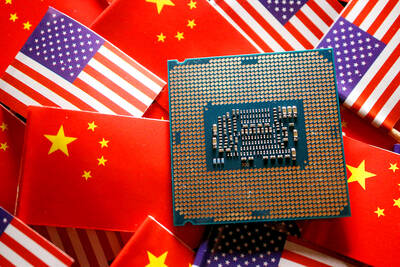
US President Donald Trump on Friday blocked US photonics firm HieFo Corp’s US$3 million acquisition of assets in New Jersey-based aerospace and defense specialist Emcore Corp, citing national security and China-related concerns. In an order released by the White House, Trump said HieFo was “controlled by a citizen of the People’s Republic of China” and that its 2024 acquisition of Emcore’s businesses led the US president to believe that it might “take action that threatens to impair the national security of the United States.” The order did not name the person or detail Trump’s concerns. “The Transaction is hereby prohibited,”
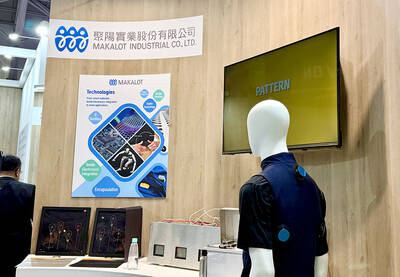
Garment maker Makalot Industrial Co (聚陽) yesterday reported lower-than-expected fourth-quarter revenue of NT$7.93 billion (US$251.44 million), down 9.48 percent from NT$8.76 billion a year earlier. On a quarterly basis, revenue fell 10.83 percent from NT$8.89 billion, company data showed. The figure was also lower than market expectations of NT$8.05 billion, according to data compiled by Yuanta Securities Investment and Consulting Co (元大投顧), which had projected NT$8.22 billion. Makalot’s revenue this quarter would likely increase by a mid-teens percentage as the industry is entering its high season, Yuanta said. Overall, Makalot’s revenue last year totaled NT$34.43 billion, down 3.08 percent from its record NT$35.52